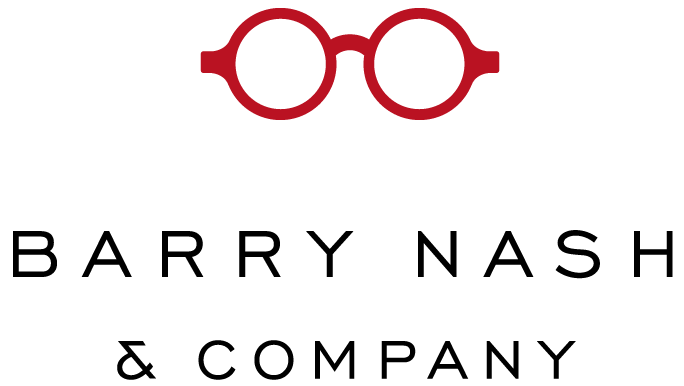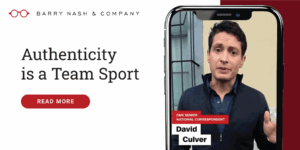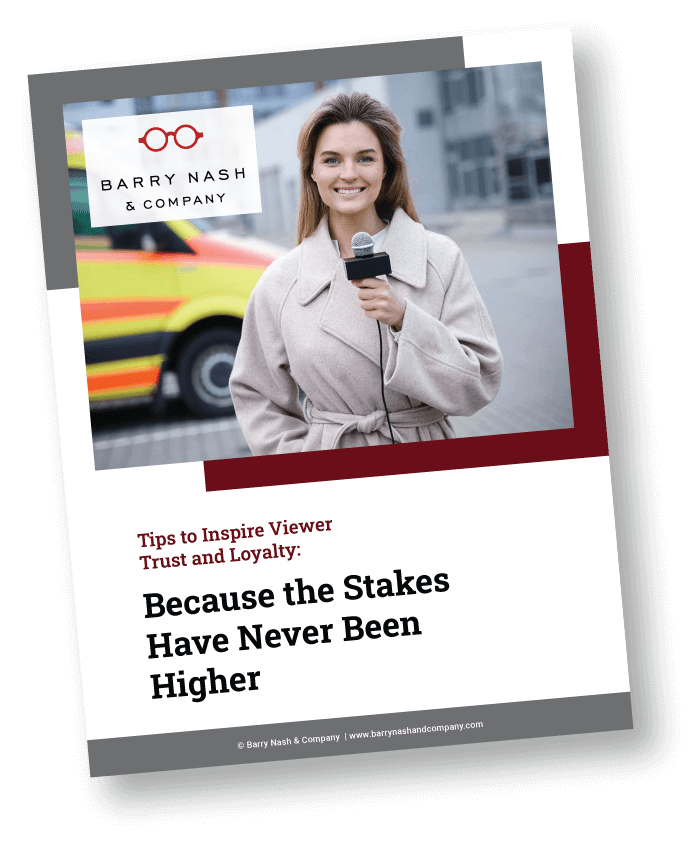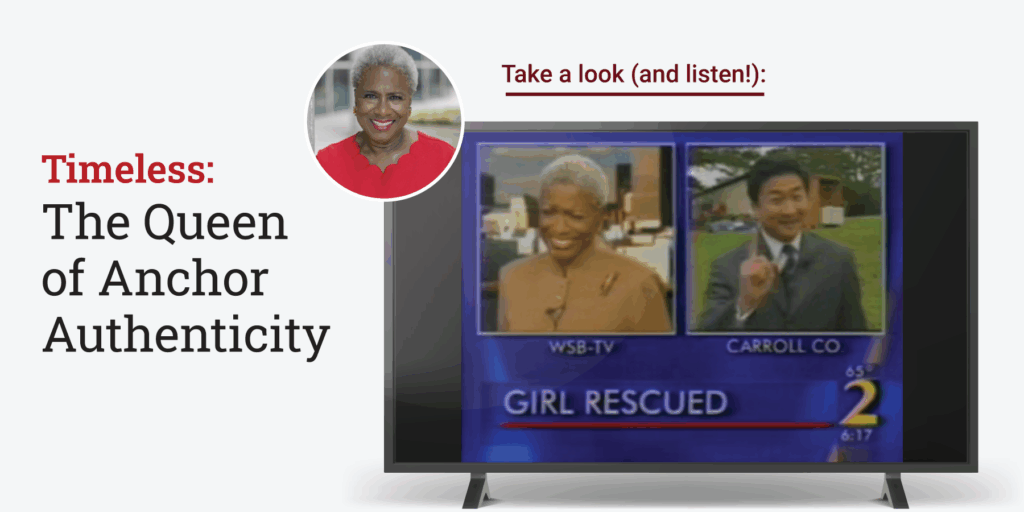
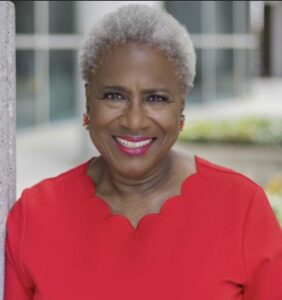
The oldest clip in my teaching library is as valuable and instructive today as it was when I first included it almost 30 years ago.
It’s a live shot featuring then-WSB anchor, Monica Kaufman (later, Pearson) reporter Alan Wang, and a photographer whose name I wish I had. It’s timeless proof that 1) great anchors are always leading emotionally as well as intellectually, 2) substance is the mother of true authenticity, and 3) the best delivery is always a team sport. It takes a village and always will.
Take a look (and listen!):
Monica is inarguably one of the best-researching anchors in the history of local television news, and her work here points to what makes her so special.
Her voice is unapologetically and unreservedly expressive.
Anyone who thinks that somehow “flattening” the voice and intentionally limiting expression is a key to authenticity doesn’t understand how human beings communicate — and least when we’re authentically curious and engaged with something. (We limit expression when we’re authentically disengaged.) To the contrary, research has shown that authentic expertise and curiosity are characterized by “high activity” in the voice. In other words, when we know and care about what we’re talking about, we signal that by using our voices expressively. As she sets the story up, Monica’s voice tells you that she knows exactly what’s coming and, most important, the emotional experience it represents. In the way she expresses herself, there’s a promise that something good is coming.
She improvises her toss to the reporter.
She doesn’t rely on something canned and scripted by someone else. The toss is informed by her own knowledge of the segment to come, so her delivery has the quality of something she is sharing and not something she’s simply performing.
It’s also an act of leadership. Because she’s improvising, the reporter is challenged to both listen and respond to whatever she has to say — emotionally as well as intellectually. By challenging him to follow her emotional lead as well as answer her question, she’s encouraging him to be just as authentically engaged and expressive as she is.
We don’t talk enough about how moments like this are real leadership opportunities for anchors. This segment demonstrates how and why that is.
She models the energy and interest she wants viewers to have.
One of the easiest and most effective ways to assess and coach your own talent is simply to ask, “How interested/curious/concerned/amused/etc did we want viewers to feel while watching this? Did we seem that interested?” This is a much better way to work at authenticity than simply trying to somehow affect a more casual look and style on the air. In it’s own way, that approach can become just as generic and disingenuous as “old school” anchor delivery. Instead of simply telling talent that they need to somehow be more authentic, we should be telling them we need them more authentically engaged. What we really should be after is the kind of authenticity that’s inspired by content, just as Monica is here.
In other words, authenticity should be a response. Not a style.
She sustains her attention and interest all the way through her final interaction with the reporter.
She’s watching and listening and improvising all the way through the final exchange — and it looks and feels authentic because she is again working spontaneously and challenging the reporter to meet and match her there.
Of course, as good as Monica is, none of this happens in a vacuum.
The photographer is working as expressively as the anchor and reporter.
When newsrooms switched newscast production to robotics and field production to MMJs, too many abandoned this kind of visual dynamism. We demanded energy and movement from talent while taking energy and movement out of the way newscasts were shot and live shots were produced. Now, thankfully, we’re seeing kind of a renaissance and evolution of these things — driven largely by the need to capture and keep attention in the social media universe. Bottom line: The people punching the shows and shooting the stories need to be as authentically engaged and in their own ways, authentically active as we expect reporters to be.
Right off the top, the producer has Monica reacting instead of just reading.
Right off the top, the bite featuring the little girl gives the anchor an experience to share with the audience and react to. The bite grabs our attention, and Monica reacts in a way that says, “I know just how you’re feeling about this.” The production facilitates authenticity by structuring her delivery as reaction to something and not simply reading and performing.
Getting viewer attention off the top has always been important. In a world where research is teaching us that we have 3 seconds to connect with viewers or lose them, you could make the case that a big part of standing out — and maybe even survival — is knowing how to start. This piece gets off to a great start.
In other words, authenticity is a team sport.
It’s not just an anchor thing. It’s not a style thing. And it’s not a new thing.
It’s a content-driven thing. A pay-attention-and-respond thing.
And professionals like Monica and the team that supported her here have been pointing the way for decates.
